Welcome to our dental blog, where we’ll explore the fascinating world of dental X-rays. X-rays play a vital role in diagnosing dental issues, allowing dentists to visualize structures that are hidden from plain sight. In this article, we will delve into the importance of dental X-rays, discuss the different types, benefits, safety measures, and address common concerns surrounding this valuable diagnostic tool. It’s essential to address common concerns regarding radiation exposure. The risk posed by dental X-rays is exceedingly low, especially when considering the benefits gained. The American Dental Association (ADA) establishes guidelines to ensure patient safety, regulating the frequency and necessity of X-rays based on individual patient needs. Dental X-rays are invaluable tools that help dentists provide accurate diagnoses and effective treatments. By enabling dentists to visualize hidden dental problems, X-rays contribute to improved oral health outcomes. Understanding the different types of dental X-rays, their benefits, and the safety measures in place will alleviate any concerns patients may have. Regular dental check-ups, including X-rays when necessary, play a crucial role in maintaining optimal oral health. Remember, your dentist is the best person to guide you through the process and address any questions or concerns you may have regarding dental X-rays. If you have any questions about this blog, please contact Maple Dental Care at (07) 3448 9279 or via online booking.
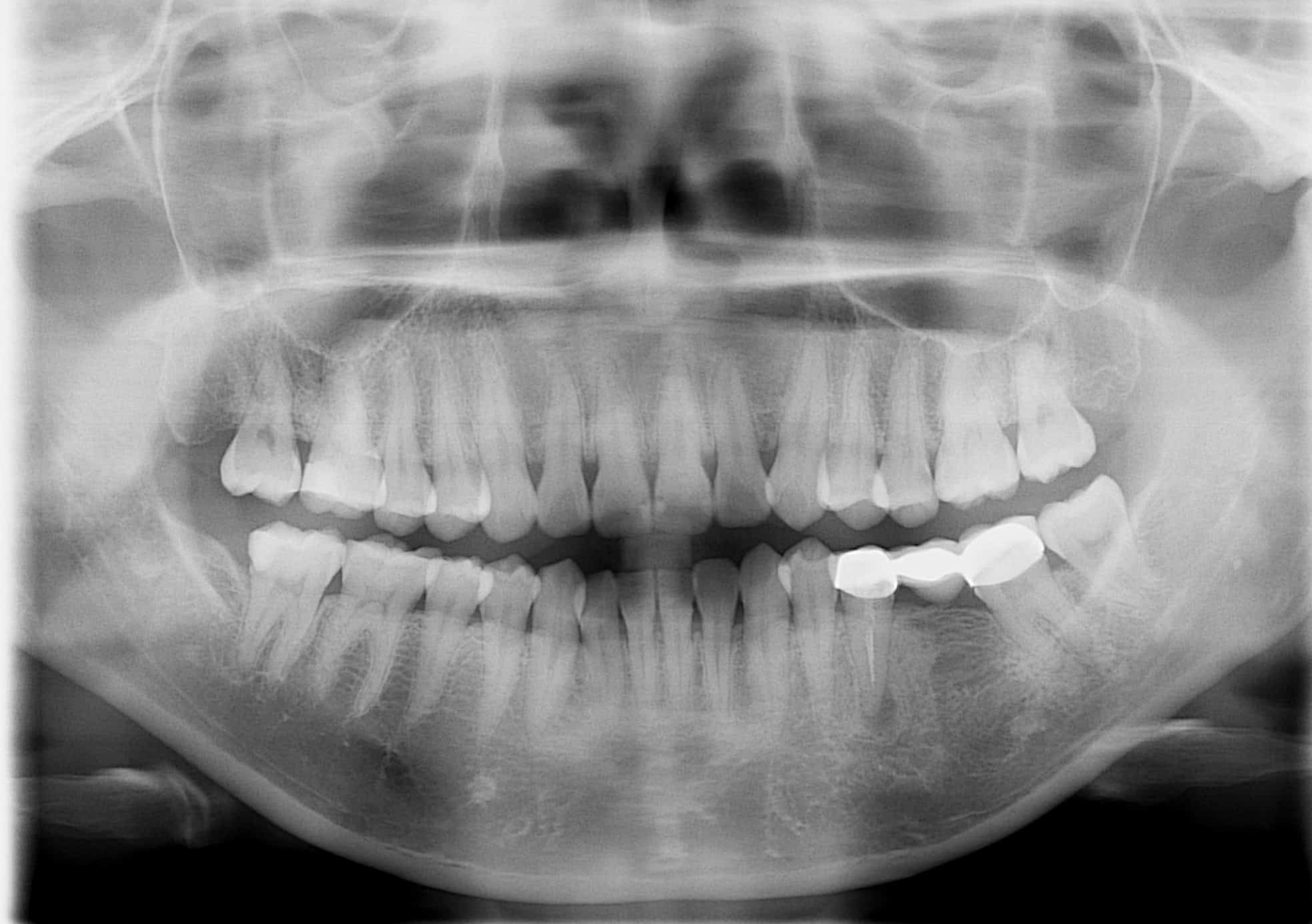
BLOGS
As parents, we cherish every milestone in our child’s life, and one of the most exciting moments is when their baby teeth start to appear. Baby teeth, also known as primary teeth or deciduous teeth, play a crucial role in a child’s overall development. In this blog, we will explore the significance of baby teeth, their developmental stages, the importance of oral hygiene, and tips for maintaining a healthy smile. Cleaning: Gently wipe your baby’s gums with a soft, damp cloth or gauze after feeding to remove bacteria and prevent plaque buildup. Toothbrushing: As soon as the first tooth appears, start brushing it using an infant-sized toothbrush with soft bristles. Use a smear of fluoride toothpaste, roughly the size of a grain of rice. Gradually increase the amount of toothpaste to a pea-sized portion when your child turns three. Frequency: Brush your child’s teeth at least twice a day, especially before bedtime, to remove food particles and plaque. Supervision: Until your child develops the necessary motor skills, make sure to supervise toothbrushing to ensure they are using the proper technique and not swallowing toothpaste. Avoidance of Bedtime Bottles: Never put your child to bed with a bottle containing anything other than water. Sugary liquids like milk, formula, or juice can lead to tooth decay. Preventing Early Childhood Caries (ECC): Early Childhood Caries, also known as baby bottle tooth decay, is a prevalent dental condition among young children. Here are some tips to prevent ECC: Limit Sugary Drinks: Restrict the consumption of sugary beverages like juice and soda. Encourage water as the primary beverage for your child. Healthy Snacks: Opt for nutritious snacks such as fresh fruits, vegetables, and cheese instead of sugary treats. Regular Dental Check-ups: Schedule your child’s first dental visit within six months of their first tooth eruption or by their first birthday. Regular check-ups will help detect and prevent dental problems at an early stage. When to Expect Tooth Loss and Permanent Teeth: Between the ages of six and twelve, your child will begin to lose their baby teeth as permanent teeth erupt. The order of tooth loss usually follows the same pattern as tooth eruption. However, every child is unique, and the timing may vary. Consult your child’s dentist if you have concerns about the eruption or loss of teeth. Caring for your child’s baby teeth is a vital aspect of their overall health and well-being. By following a consistent oral hygiene routine, promoting healthy eating habits, and regular dental check-ups, you can set the foundation for a lifetime of good oral health. Remember, a healthy smile begins with healthy baby teeth! If you have any questions about this blog, please contact Maple Dental Care at (07) 3448 9279 or via online booking.
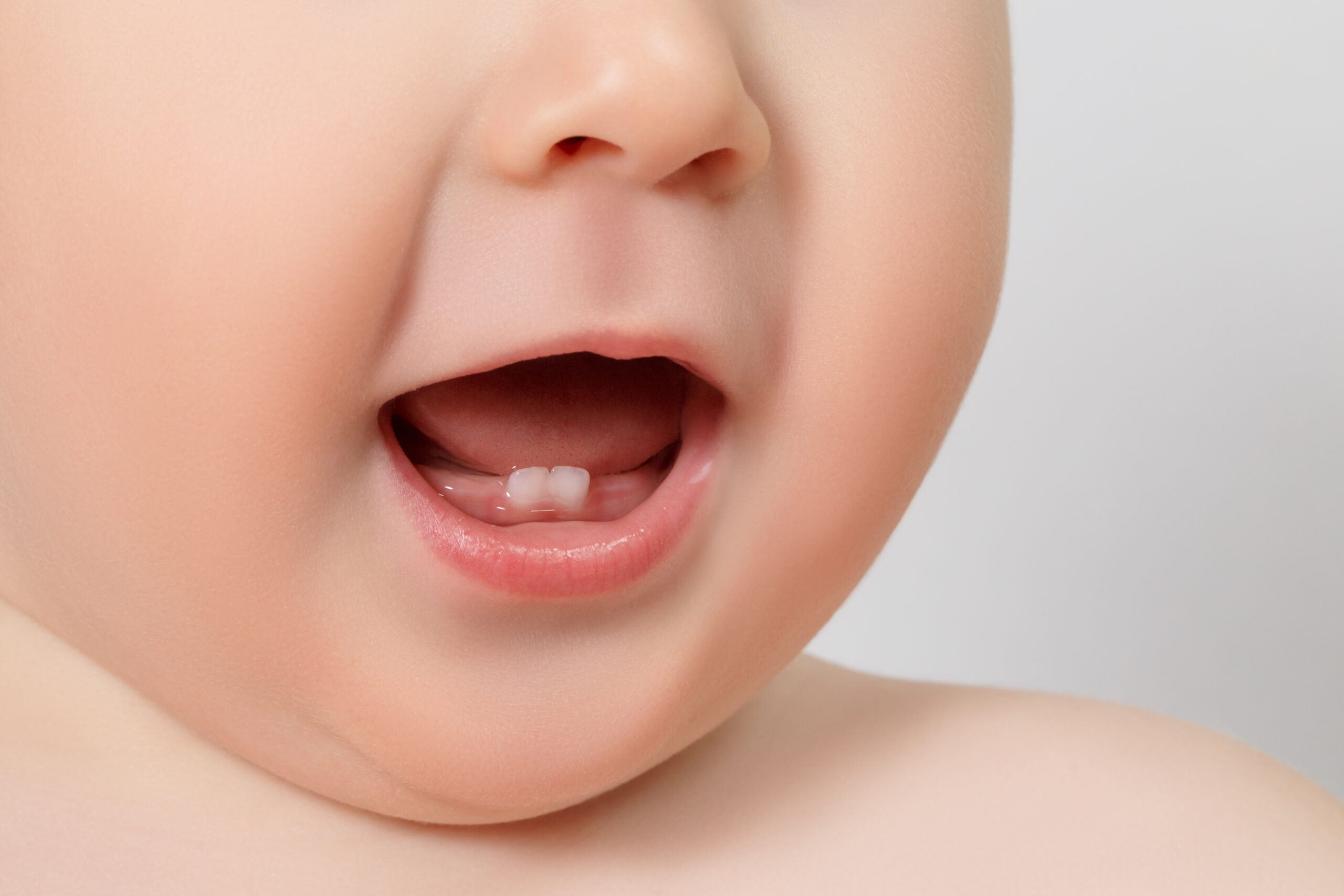
Maintaining good oral health goes beyond just regular brushing and flossing. While these practices are essential, they should be complemented by a well-balanced diet that supports strong teeth and gums. The food choices we make have a significant impact on our overall oral health. In this blog post, we will explore the importance of a healthy diet for maintaining a radiant smile and provide tips on incorporating tooth-friendly foods into your daily routine. The Link Between Diet and Oral Health: A healthy diet plays a crucial role in preventing dental problems such as cavities, gum disease, and tooth loss. What we eat directly affects the condition of our teeth and gums. Here’s how: Tooth-Friendly Foods for a Healthy Smile: Now that we understand the importance of a balanced diet, let’s explore some tooth-friendly foods that promote oral health: Tips for a Tooth-Friendly Diet: Adopting a tooth-friendly diet is easier than you might think. Here are some practical tips to incorporate into your daily routine: A healthy diet is a key component of maintaining good oral health. By incorporating tooth-friendly foods and making mindful choices about what we eat and drink, we can strengthen our teeth, prevent dental issues, and enjoy a radiant smile. Remember, a nutritious diet combined with regular dental check-ups and proper oral hygiene practices is the recipe for a lifetime of healthy teeth and gums. So, take care of your diet, and your smile will thank you! If you have any questions about this blog, please contact Maple Dental Care at (07) 3448 9279 or via online booking.
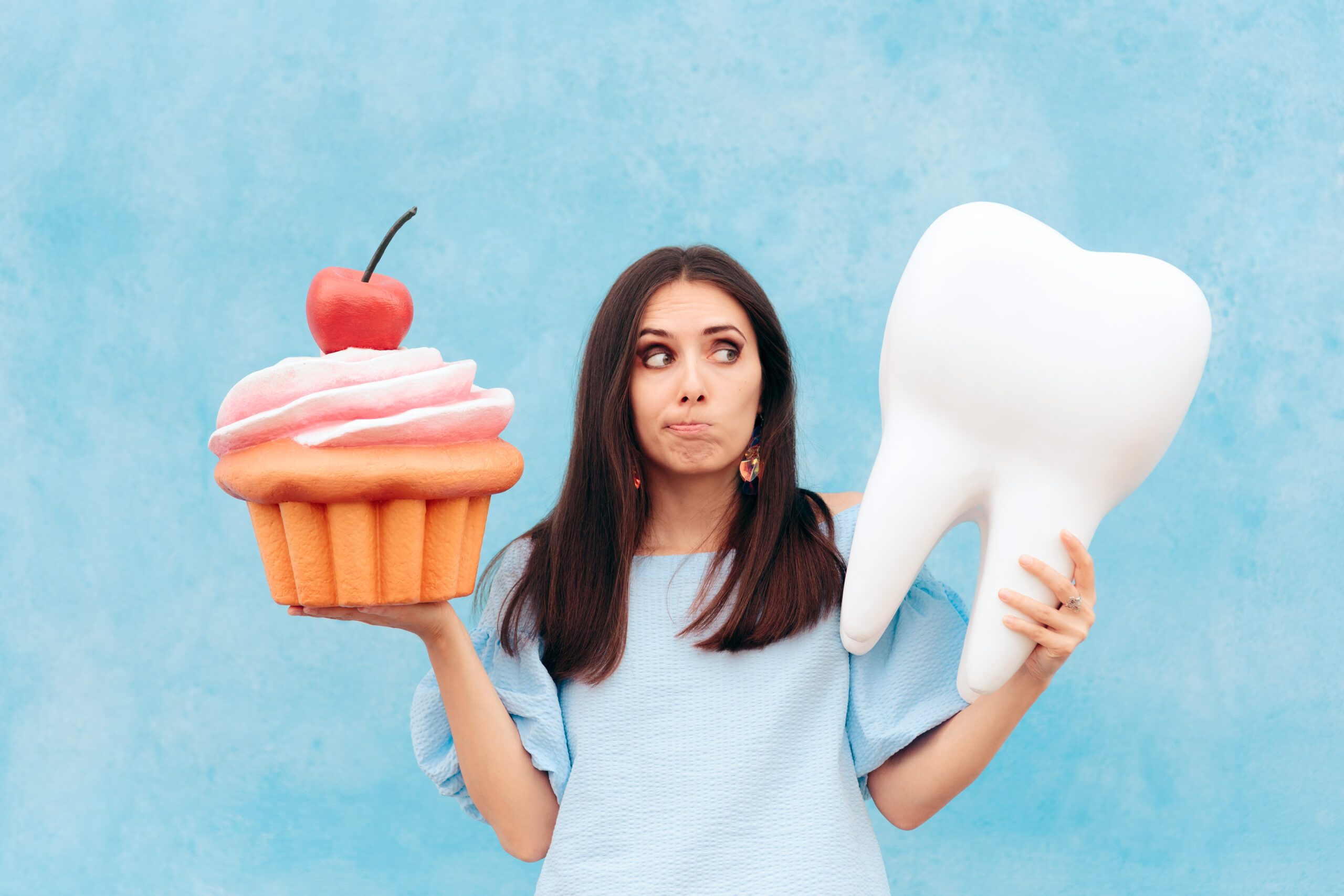
Soft drinks have become an integral part of our modern lifestyle, enjoyed by people of all ages. These carbonated beverages may be refreshing, but they come with a bitter truth when it comes to your dental health. The high sugar content, acidity, and other harmful ingredients present in soft drinks can wreak havoc on your teeth and gums. In this blog, we will explore the detrimental effects of soft drinks on your oral health and provide you with essential tips to minimize their impact. While soft drinks may be tempting, their detrimental effects on dental health are undeniable. To safeguard your teeth and gums, it is crucial to reduce or eliminate soft drink consumption. Opt for healthier alternatives such as water, herbal teas, or milk. If you do indulge occasionally, follow these tips: use a straw to minimize contact with teeth, rinse your mouth with water afterward, and maintain a diligent oral hygiene routine. Remember, prevention is key to maintaining a healthy smile, so make informed choices for the sake of your dental health. If you have any questions about this blog, please contact Maple Dental Care at (07) 3448 9279 or via online booking.
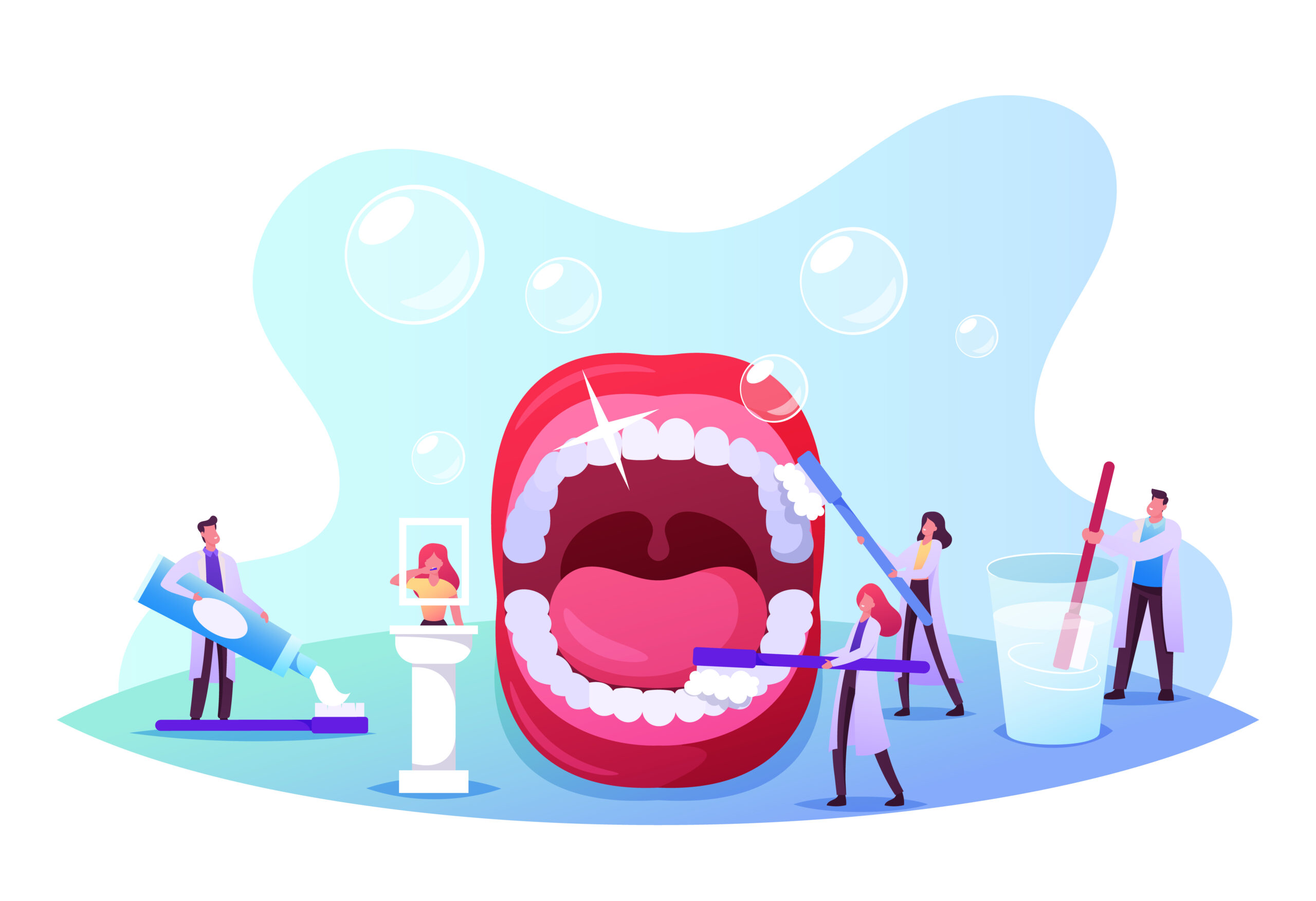
A bright and confident smile is often associated with good oral health and personal hygiene. However, dental staining can hinder the appearance of your teeth, causing self-consciousness and impacting your overall confidence. In this blog, we will delve into the causes of dental staining, explore preventive measures, and discuss various treatment options available to restore the natural whiteness of your teeth. Dental staining can be a common concern, but with proper understanding, preventive measures, and professional treatment options, you can regain a bright and confident smile. Remember to consult your dentist for personalized advice and guidance on the most suitable treatment option to address your specific dental staining concerns. Take proactive steps towards maintaining good oral health, and enjoy a beautiful smile that radiates with confidence. If you have any questions about teeth staining and whitening options, please contact Maple Dental Care at (07) 3448 9279 or via online booking.

Alcohol has become a common part of social gatherings and relaxation routines for many individuals. While moderate alcohol consumption may not pose significant harm to overall health, it’s essential to understand the potential impact it can have on oral health. In this blog, we will explore the relationship between alcohol and dental health, discussing the risks associated with excessive alcohol intake and providing practical tips for maintaining a healthy smile. Tips for Maintaining a Healthy Smile: While enjoying an occasional alcoholic beverage may not be detrimental to oral health, excessive and frequent alcohol consumption can have adverse effects on your teeth and gums. By understanding the risks associated with alcohol and adopting healthy habits, such as moderation, hydration, and good oral hygiene, you can maintain a healthy smile. Remember to consult with your dentist regularly to address any concerns and keep your oral health in check. If you have any questions about alcohol-related oral health issues, please contact Maple Dental Care at (07) 3448 9279 or via online booking.
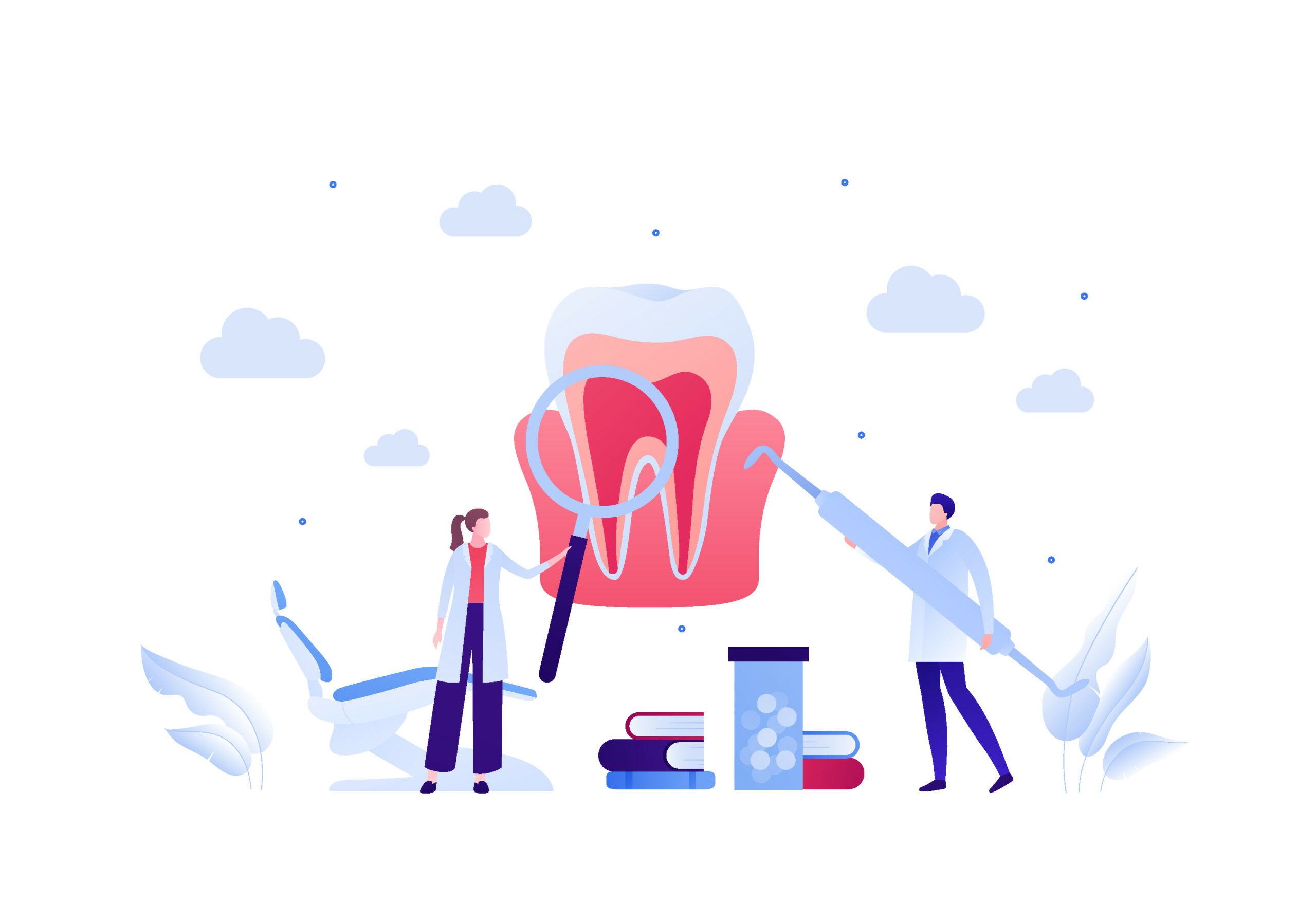
Smoking is a prevalent habit that poses significant risks to overall health. While its association with lung cancer and cardiovascular diseases is well-known, smoking also wreaks havoc on oral health. In this blog post, we will explore the detrimental effects of smoking on oral tissues, gum disease, tooth decay, bad breath, and the increased risk of oral cancer. By understanding these consequences, individuals can make informed decisions and seek help to quit smoking for the sake of their oral and overall well-being. Smoking has devastating effects on oral health, including gum disease, tooth decay, bad breath, and an increased risk of oral cancer. The negative impact of smoking on oral tissues and the immune system cannot be overstated. Quitting smoking is crucial to prevent further damage and improve overall health. Dental professionals play a vital role in providing guidance, support, and resources to help individuals quit smoking and maintain optimal oral health. Remember, by quitting smoking, you not only protect your oral health but also enhance your general well-being. It is never too late to quit smoking. If you or someone you know needs assistance in quitting smoking, reach out to healthcare professionals, support groups, or dedicated smoking cessation programs in your area. Your decision to quit smoking will have far-reaching benefits for your oral health and overall quality of life. If you have any questions about smoking-related oral health issues, please contact Maple Dental Care at (07) 3448 9279 or via online booking.

Maintaining optimal oral health is essential for a bright and confident smile. While regular brushing and flossing play a vital role, there are additional products available that can enhance your dental care routine. One such product is tooth mousse, a dental innovation that offers a range of benefits for both adults and children. In this blog post, we will delve into the world of tooth mousse, exploring what it is, how it works, and the advantages it provides for your teeth. So, let’s dive in and discover the wonders of tooth mousse! Tooth mousse is a remarkable dental product that offers a range of benefits for maintaining optimal oral health. By aiding in remineralization, relieving sensitivity, enhancing enamel protection, and providing orthodontic support, tooth mousse can revolutionize your dental care routine. With its ease of use and suitability for all ages, incorporating tooth mousse into your daily oral hygiene practices can promote stronger teeth and a more confident smile. Consult with your dentist to determine if tooth mousse is the right choice for you, and embrace the wonders of this dental innovation for a healthier mouth. If you have any questions about this blog, please contact Maple Dental Care at (07) 3448 9279 or via online booking.

Maintaining good oral hygiene is essential for overall health, and toothpaste plays a crucial role in our daily dental care routine. With countless options available on the market, selecting the right toothpaste can be overwhelming. In this blog, we will explore the key factors to consider when choosing toothpaste, discuss various types and their benefits, and provide practical tips for maximizing your oral health. By the end, you’ll be prepared with the knowledge to make an up-to-date decision and achieve a healthy, radiant smile. Toothpaste is a gel or paste used in conjunction with a toothbrush for cleaning teeth. It typically contains a combination of active ingredients, flavoring agents, humectants, binders, and abrasives. The primary function of toothpaste is to remove plaque, a sticky film of bacteria, food particles, and saliva that accumulates on tooth surfaces. Additionally, toothpaste helps prevent tooth decay, gum disease, and bad breath. When selecting toothpaste, it’s important to consider individual needs and preferences. Here are some factors to keep in mind: Types of toothpaste and their benefits: Practical tips for optimal toothpaste use: Choosing the right toothpaste is a crucial step in maintaining excellent oral health. By considering factors such as fluoride content, tartar control, sensitivity relief, and whitening properties, you can select a toothpaste that best suits your needs. Remember to follow proper brushing techniques and replace your toothpaste regularly for optimal results. With the right toothpaste and consistent oral hygiene practices, you can achieve a healthy, beautiful smile that lasts a lifetime. If you have any questions about toothpastes, please contact Maple Dental Care at (07) 3448 9279 or via online booking.

Maintaining good oral hygiene is essential for a healthy smile and overall well-being. While brushing and flossing are the foundation of a great dental care routine, incorporating a mouth rinse can upgrade your oral health to a new level. In this blog, we will delve into the world of mouth rinses, exploring their benefits, types, and proper usage to help you make a proper decision when choosing the right mouth rinse. The Benefits of Mouth Rinse: Types of Mouth Rinses: Proper Usage and Considerations: Incorporating a mouth rinse into your daily oral care routine can enhance your dental hygiene efforts and provide additional benefits beyond brushing and flossing alone. Whether you’re aiming to freshen your breath, reduce plaque, combat dry mouth, or even whiten your teeth, there’s a mouth rinse tailored to your specific needs. Remember to choose a rinse that suits your oral health goals and follow proper usage guidelines. With the magic of mouth rinse on your side, you can maintain optimal oral health and greet the world with a confident and healthy smile. If you have any questions about mouth rinses, please contact Maple Dental Care at (07) 3448 9279 or via online booking.


